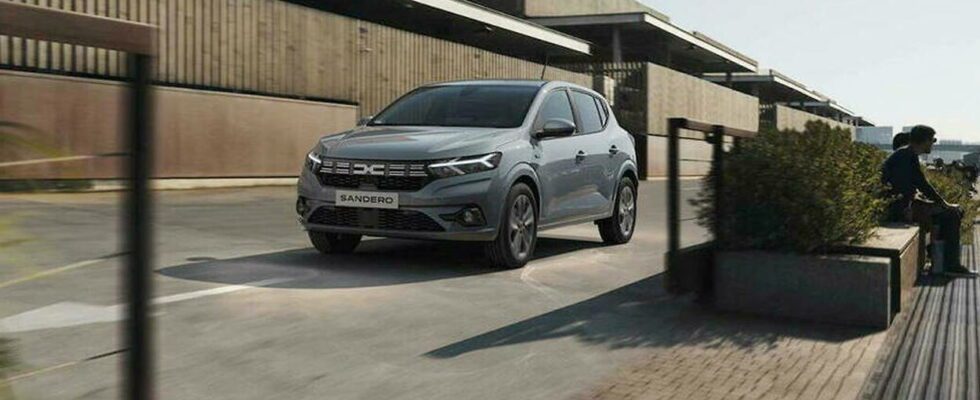HASA total of 1,529,035 new passenger cars were put into circulation in France last year, compared to 1,659,003 in 2021, compared to 2.2 million in 2019, before the Covid-19 pandemic, according to published figures Sunday by the Automotive Platform (PFA), which represents manufacturers and equipment manufacturers. After a catastrophic 2020, with closed dealerships and a sluggish economy, the sector had not rebounded in 2021: it relapsed in 2022, despite four months of growth in the second half of the year, both in the new home market and of the occasion.
Electric has gone from 1 to 13% of the market in 5 years
In this gloomy climate, the share of electric cars continues to grow, reaching 13% of total registrations in 2022, compared to 10% last year and barely 1% four years earlier. An increase achieved mainly at the expense of diesel engines, which represent less than 16% of registrations in 2022, down more than 5 points compared to the previous year, and to a lesser extent petrol, which remains the category the most chosen by new car buyers with 37% of the market. In 2022, all-electric cars passed the 200,000 units mark, 25% more than the previous year, while the number of plug-in hybrids fell by around 10%, to 126,549 units, according to AFP. This decline in hybrids is notably due to the reduction in corporate purchases.
Logistics disrupted by a shortage of drivers
“We are structurally in a market which has fallen by a third in volume since 2019, due to a succession of crises”, declared to AFP François Roudier, head of communication for the PFA. These crises “add up”, he explained, listing “the problem of the availability of electronic components, the difficulties of delivering vehicles due to a lack of drivers, which were accentuated with the war in Ukraine, the increase in costs too expensive materials and fuel”.
“In this context of falling volumes, underlines Mr. Roudier, the large equipment manufacturers, who have the capacity to invest, have bet on the top of the range and on electricity”, betting on a consumer sensitive to the sharp increase in fuel prices at the pump and government aid for the purchase of vehicles with low greenhouse gas emissions.
Opportunity falls
“The crisis has affected all manufacturers, who renew their fleet less, which also affects the second-hand market, which is unable to meet demand”, according to François Roudier. The second-hand market, which had taken off in 2021, is down sharply (-13%) with 5.26 million units, its lowest level since 2009, according to provisional data from the firm NGC Data published by the Argus.
Peugeot stays ahead of Renault
The podium for the year does not change: Stellantis, the result of the merger of PSA (Peugeot, Citroën, DS and Opel) and FCA (Fiat, Jeep, Alfa Romeo, etc.), remains in first place overall 2022 with 31% of the passenger car market, despite registrations down 14.7% over one year. Its rival, the Renault group, held up better, with a 24% market share, and a 6.6% drop in units sold compared to 2021. Registrations of the Romanian brand Dacia continued to increase (+ 4.5 %), while those of Renault plunged by 12%. Peugeot (Stellantis), passed last year in front of the diamond brand, maintains its lead with 16% market share, against 15.5% for the Renault brand. The first foreign group, Volkswagen, saw its registrations drop slightly in 2022, but the market share of the German giant is unchanged at nearly 13%.
Dacia Sandero, Peugeot 208 and Renault Clio share the podium
The favorite cars of the French in 2022 are the Dacia Sandero, the Peugeot 208 and the Renault Clio, specifies the firm AAAData in a press release. 2023 will undoubtedly still be “a tense year on the new car market” in an unchanged crisis context, estimates the firm, which noted “a drop in orders for new cars in 2022, which will have repercussions on the level of sales this year.
